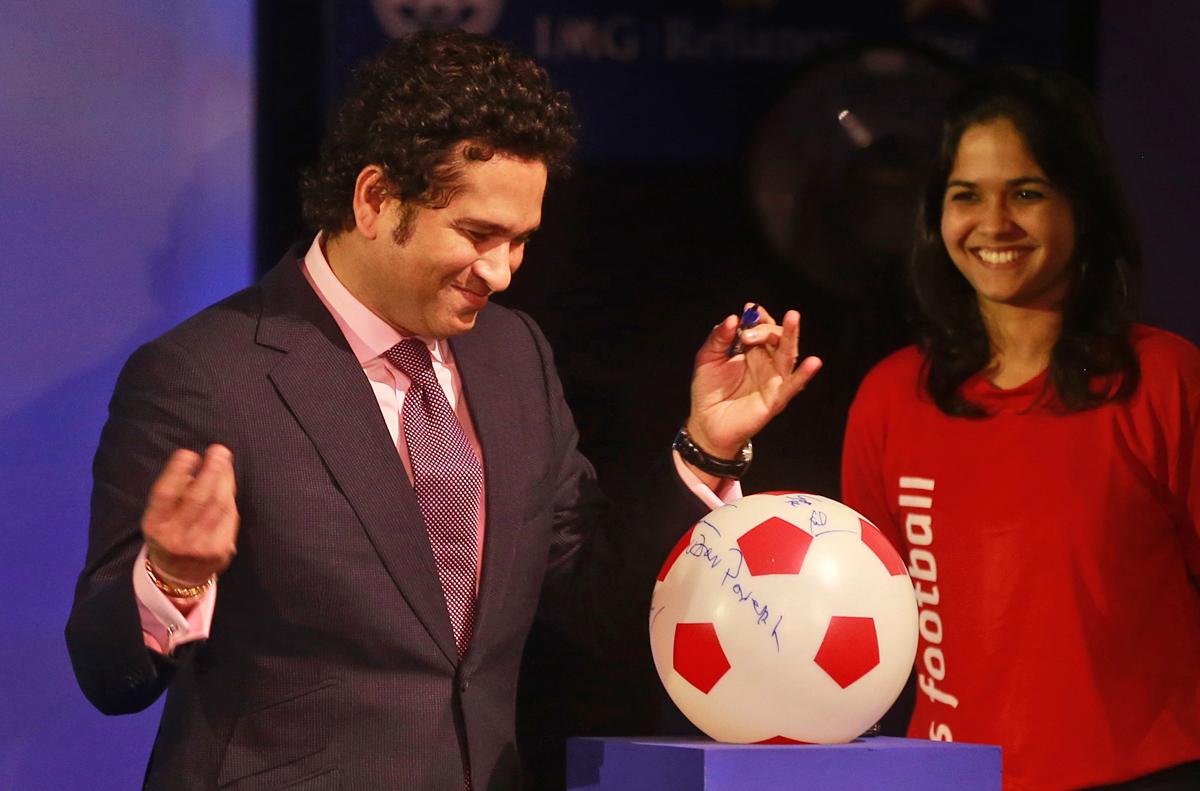see all jobs
Grassroots football development in India and China in the spotlight
Developing the grassroots game in China and India – the two largest populations in the world – was the main focus of the International Football development Conference in Geneva today (7 December).
Although not usually regarded as traditional footballing nations, both have experienced significant growth over the past two years in terms of the professional side of the sport.
India developed the Indian Super League in 2014, with high-profile backers such as cricket legend Sachin Tendulkar, while China’s own Super League has attracted some of the hottest playing and coaching property in the world, spending millions in the process.
However, the need to foster a thriving grassroots culture has to be the next step on the path, according to two technical advisors working in the respective countries.
Piet Hubers, technical director for grassroots football for the Indian Super League, said that while the league was doing well – with an average attendance of 25,000 – it was important to get children playing the game in a nation heavily dominated by cricket.
All eight of the Indian Super League teams have grassroots programmes, but Huber’s department knits them together.
The ambitious aspiration is to make football the “number one sport in the country” and qualify for the 2026 FIFA World Cup. However, there are challenges such as lack of facilities.
“Mumbai has 20 million inhabitants,” said Huber. “My home town [in the Netherlands] has 40,000 inhabitants, but there are more pitches.”
In China, there are more issues around the view of sport by parents and educational institutions, who traditionally view the recreation as disruptive to academia.
Tom Byer, head technical advisor in China, also said that while there was a big push to improve the football landscape, grassroots was viewed as an “obligation”.
Byer demonstrated a programme he developed, in which children aged two and three could be taught technical skills. He said proficiency would give them more of a chance to excel in the game, and therefore continue to participate.
“Around 38 per cent of kids that play football in America quit football by seven because they have never mastered the core technique,” he said. “It’s like putting a child in advanced mathematics without teaching them addition and subtraction. It’s a massive problem in Asia.”
More News
- News by sector (all)
- All news
- Fitness
- Personal trainer
- Sport
- Spa
- Swimming
- Hospitality
- Entertainment & Gaming
- Commercial Leisure
- Property
- Architecture
- Design
- Tourism
- Travel
- Attractions
- Theme & Water Parks
- Arts & Culture
- Heritage & Museums
- Parks & Countryside
- Sales & Marketing
- Public Sector
- Training
- People
- Executive
- Apprenticeships
- Suppliers
















































